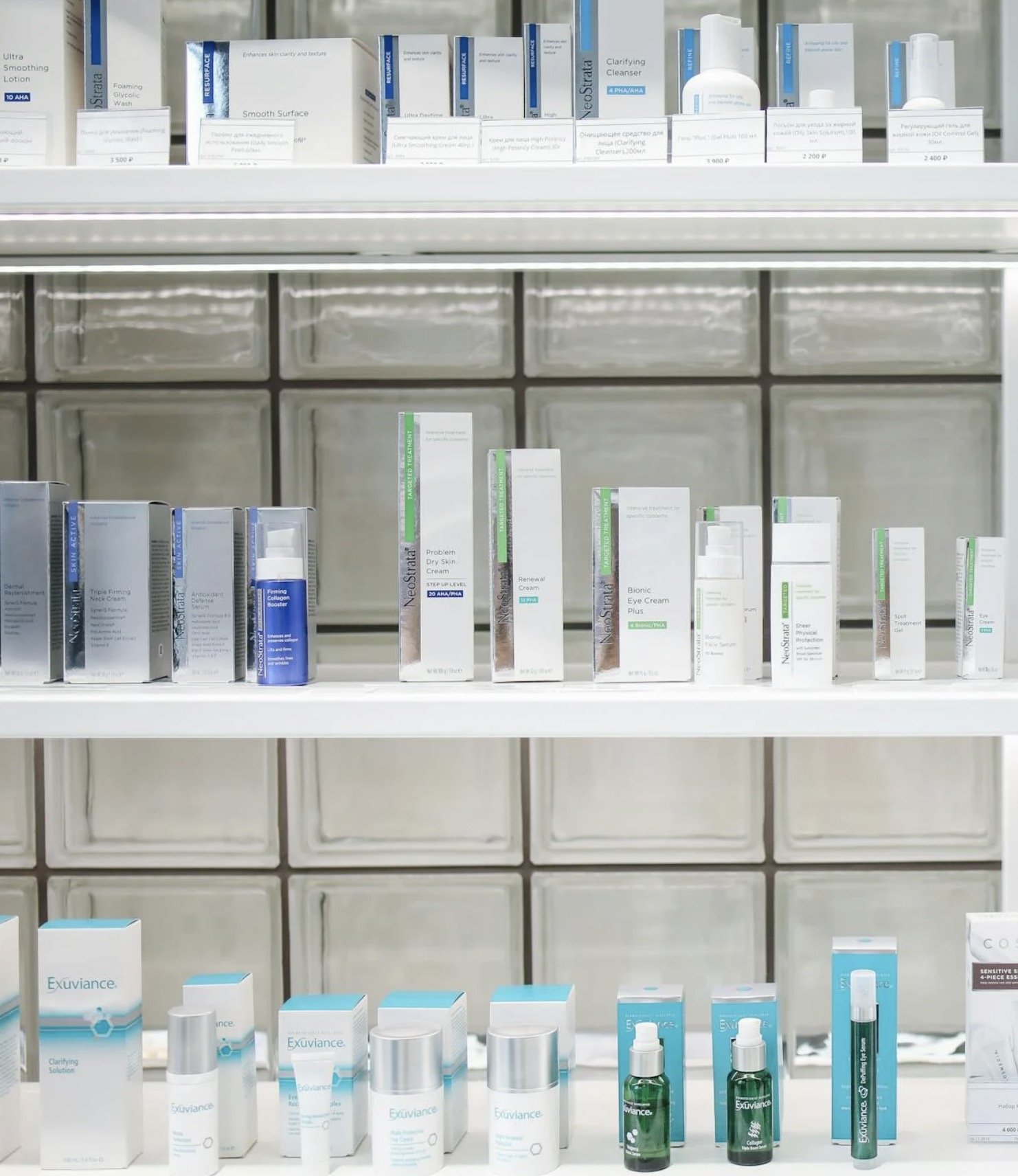Artikore builds a transparent cost structure from BOM to landed unit, then aligns it to target margins and scale. It decomposes materials, trims, labor, overhead, and logistics, sets yield and scrap assumptions, and models price breaks by MOQ and capacity.
Should-cost benchmarks are developed by category, while sensitivity analysis quantifies the impact of FX, freight modes, and material substitutions. Commercial levers like payment terms, Incoterms, rebates, and penalties are translated into cash-flow and margin effects, so pricing, volumes, and service levels can be negotiated with data and managed over time.
Deliverables
Should-cost model: BOM/operations breakdown with labor minutes, overhead, and efficiency assumptions
FOB → landed calculator: duty, freight, insurance, brokerage, and last-mile scenarios by lane/mode
Price-break ladder: MOQ/volume tiers with capacity and lead-time constraints noted
Sensitivity pack: FX, freight, and material scenarios with margin impact and guardrails
Commercial terms sheet: payment terms, Incoterms, rebates/penalties mapped to cash and margin
Unit-economics dashboard: contribution margin by SKU/channel, including returns and QC/rework drag
Negotiation memo: target ranges, walk-away points, and concession trade-offs
KPIs We Drive
Target margin attainment: % of SKUs meeting or exceeding contribution targets
Cost variance vs. benchmark: delta to should-cost and market reference
Volume tier capture: share of orders hitting price-break thresholds
Landed cost accuracy: forecast vs. actual within defined tolerance
Cash conversion improvement: days improved via terms/Incoterms optimization
Rework/QC cost drag: reduction in unit cost impact from defects and rework
Freight mix optimization: % shift to planned modes with cost/time benefits




